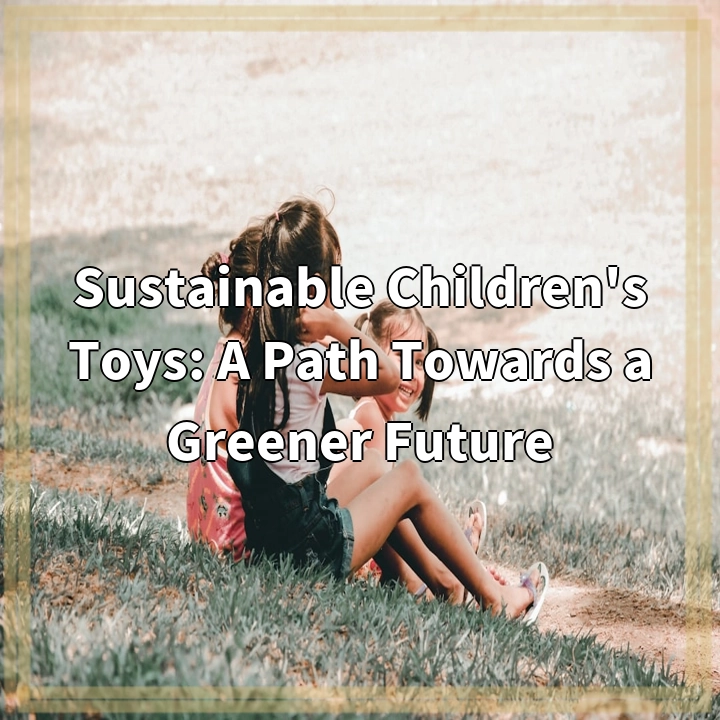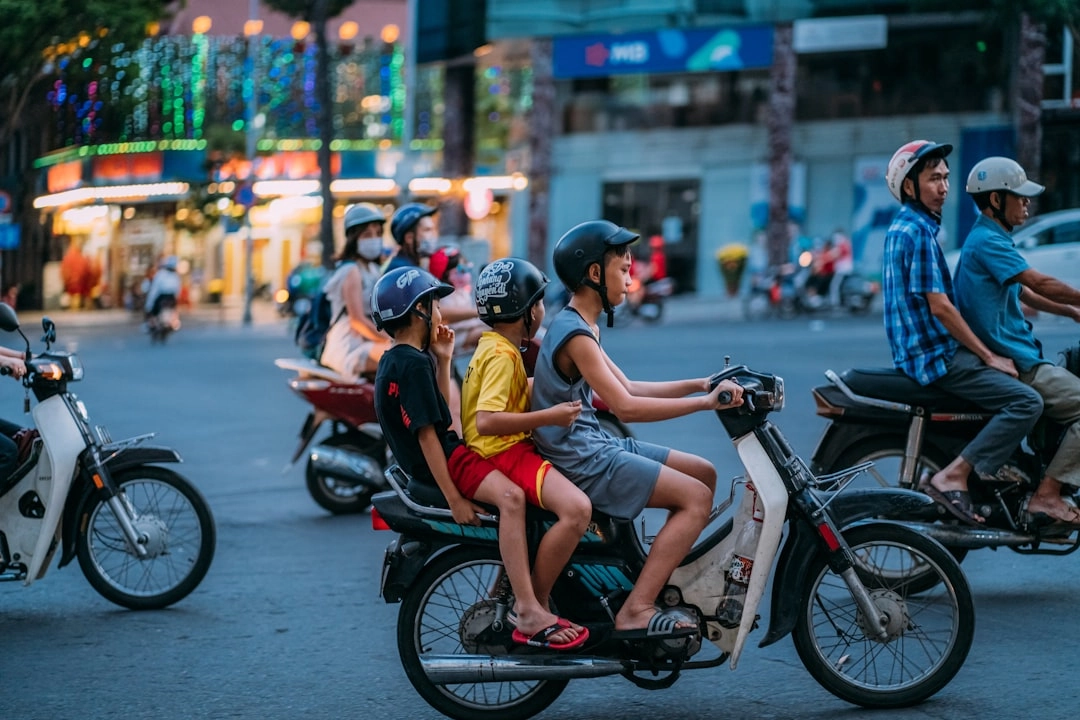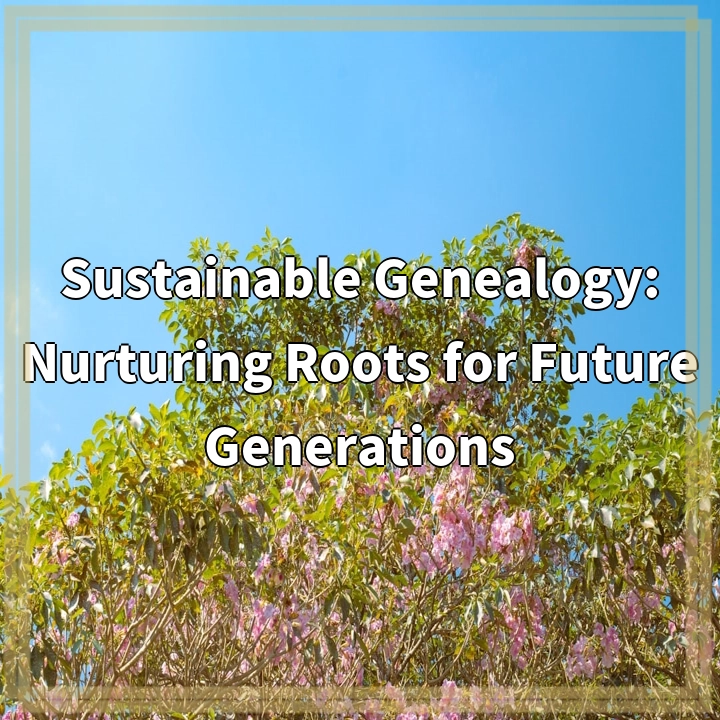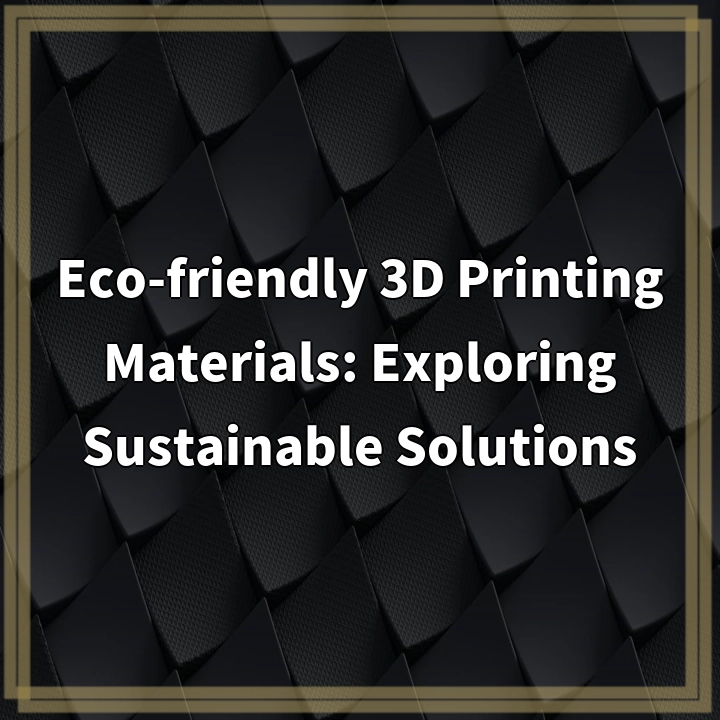
What it is:
Sustainable children’s toys refer to toys that are designed, manufactured, and used in a way that minimizes their negative environmental impact. These toys are made from eco-friendly materials, produced using sustainable practices, and promote socially responsible consumption. They prioritize the well-being of children and the planet, aiming to provide children with safe and durable toys while reducing waste and pollution.
Real-World Problems:
1. Plastic Waste: Traditional children’s toys often contain a significant amount of plastic, which contributes to the ever-growing global plastic waste problem. Plastic toys are often made from non-recyclable materials and can take hundreds of years to decompose, leading to environmental pollution.
2. Chemical Exposure: Many conventional toys contain harmful chemicals, such as phthalates and lead, which can be hazardous to children’s health. These toxins can leach from the toys and be ingested or absorbed through the skin, causing potential developmental and health issues.
3. Deforestation: The production of certain toys, such as wooden toys or puzzles, can contribute to deforestation if not sourced sustainably. Irresponsible logging practices can destroy ecosystems, impact wildlife habitats, and disrupt the balance of biodiversity.
4. Resource Depletion: The manufacturing of toys often requires the extraction of raw materials, such as metals, minerals, and oil-based plastics. The excessive extraction and utilization of these resources can contribute to their depletion, as well as increase greenhouse gas emissions and energy consumption.
5. Fast Fashion Culture: The toy industry, like many others, has fallen into the trap of fast fashion, constantly producing new toys to meet consumer demands. This leads to overconsumption, excessive waste generation, and adds to the overall environmental footprint of the industry.

Solutions for Sustainable Children’s Toys:
1. Embrace Eco-Friendly Materials: One solution is to prioritize toys made from sustainable and biodegradable materials, such as organic cotton, recycled plastic, bamboo, or FSC-certified wood. These materials have a lower environmental impact and reduce reliance on non-renewable resources.
Promote Safe and Non-Toxic Toys:
2. Opt for toys that are free from harmful chemicals and toxins. Look for certifications like EN71 or ASTM, which ensure compliance with safety standards and the absence of hazardous substances. Choosing toys made from natural and non-toxic materials helps protect the health and well-being of children.
Support Sustainable Manufacturing Practices:
3. Seek out brands that prioritize sustainable manufacturing processes. This includes using renewable energy sources, minimizing water usage, reducing waste, and adopting fair labor practices. Supporting companies with ethical and sustainable practices helps drive positive change within the toy industry.
Promote Durability and Longevity:
4. Encourage the purchase of toys that are well-made and designed to last. Well-constructed toys that can withstand rough play and multiple children reduce the need for frequent replacements, leading to less waste and resource consumption.
Reduce, Reuse, and Recycle:
5. Emphasize the importance of reducing toy consumption and reusing or donating toys that are no longer needed. Parents can organize toy swaps or donate toys to charities, keeping them in circulation and reducing the demand for new toys. For broken toys, explore recycling options to ensure they are properly disposed of or repurposed.
Education and Awareness:
6. Educate children and parents about the environmental impact of toys and the importance of making sustainable choices. By fostering environmental awareness at an early age, we can instill a sense of responsibility and consciousness towards the planet.
Advocate for Policies and Regulations:
7. Support and advocate for stronger regulations and standards in the toy industry to ensure greater transparency, accountability, and sustainability. This can include encouraging governments to enact legislation that bans harmful chemicals in toys or promotes the use of eco-friendly materials.















